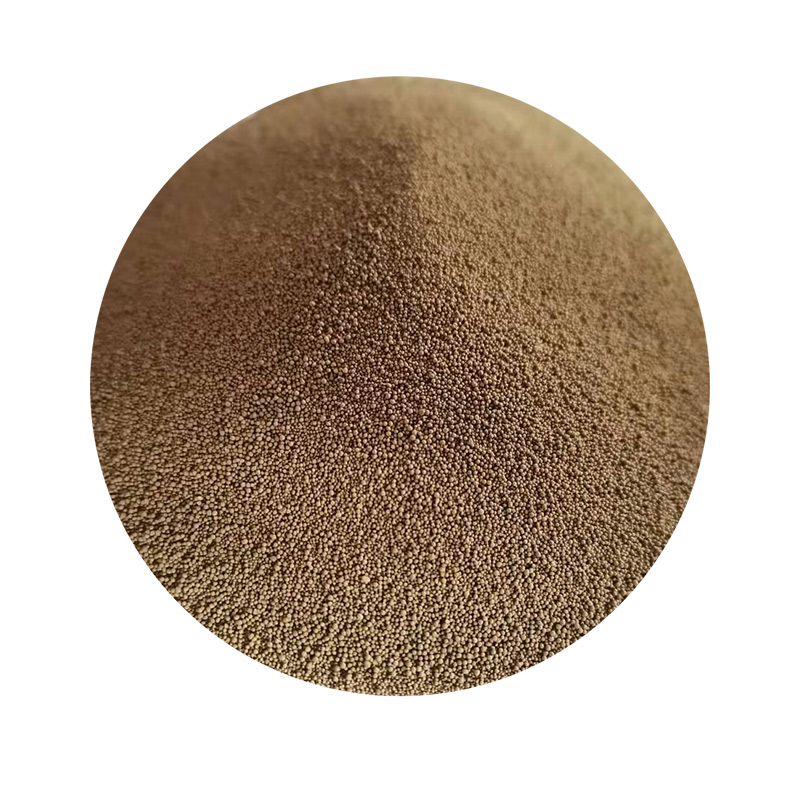The Art and Science of Sand Casting with Resin
Sand casting is one of the oldest and most versatile metal casting processes still in use today. Over the years, this method has evolved to incorporate modern materials, including resin, which has significantly improved the quality and efficiency of sand casting. In this article, we will explore the combination of sand casting with resin, its advantages, applications, and the overall impact it has on various industries.
Understanding Sand Casting
Sand casting involves creating a mold from a sand mixture, typically composed of sand, clay, and water. This mixture is shaped around a pattern, which is a replica of the object to be cast. Once the mold is complete, molten metal is poured into the cavity and allowed to cool and solidify. The mold is then broken apart to retrieve the finished product.
Traditionally, the molding sand used in this process was solely made from natural materials. However, the introduction of resin into the sand casting process has led to significant improvements. By using resin-coated sand, manufacturers can create molds that possess superior strength, precision, and surface finish.
The Role of Resin in Sand Casting
Resin-bonded sand, also known as chemically bonded sand, uses a synthetic resin as a binding agent. This type of sand is mixed with a curing agent, which initiates a chemical reaction when heat is applied. The result is a mold that is not only stronger but also more durable than traditional sand molds. Here are some of the key benefits
1. Improved Surface Finish Resin sands provide a much smoother surface finish compared to traditional sands. This is crucial in industries where the aesthetics of the final product are important, such as in automotive and artistic applications.
2. Higher Dimensional Accuracy The use of resin allows for greater precision in the mold-making process, resulting in parts that are closer to the desired specifications. This is essential for complex geometries and intricate designs.
sanding casting resin

3. Faster Production Times The quick curing time of resin-bonded sand can significantly reduce the overall time required for the casting process, allowing manufacturers to increase productivity and meet tight deadlines.
4. Environmental Benefits Many modern resin systems are designed to be more environmentally friendly, producing fewer harmful emissions during the curing process. This shift towards sustainability is an essential consideration for many manufacturers today.
Applications of Resin Sand Casting
Resin sand casting is widely used across various industries, including automotive, aerospace, art, and general manufacturing. In the automotive sector, companies use this method to create engine components, transmission cases, and various other parts that require high strength and precision.
In the aerospace industry, where tolerances can be extremely tight and material performance is critical, resin sand casting provides a reliable solution for producing components like brackets and housings. The lightweight nature of resin molds can also contribute to overall weight reduction in aircraft, furthering fuel efficiency.
The art community has also embraced resin sand casting as a way to produce sculptures and decorative items that require both durability and aesthetic appeal. Artists can create custom molds that allow for the reproduction of intricate designs with high fidelity.
Conclusion
The combination of sand casting with resin technology has revolutionized the traditional casting process, leading to improvements in quality, efficiency, and sustainability. Manufacturers across various sectors can take advantage of the benefits that resin-bonded sand offers— from better surface finishes to shorter production times and enhanced environmental responsibility.
As industries continue to demand higher quality and more precise components, the role of resin in sand casting will only become more significant. This marriage of art and science ensures that sand casting remains a vital part of modern manufacturing, capable of meeting the challenges and opportunities of the future. Whether for practical applications or artistic endeavors, resin sand casting stands as a testament to human ingenuity and innovation.
Post time:Dec . 05, 2024 15:03
Next:sand casting applications
